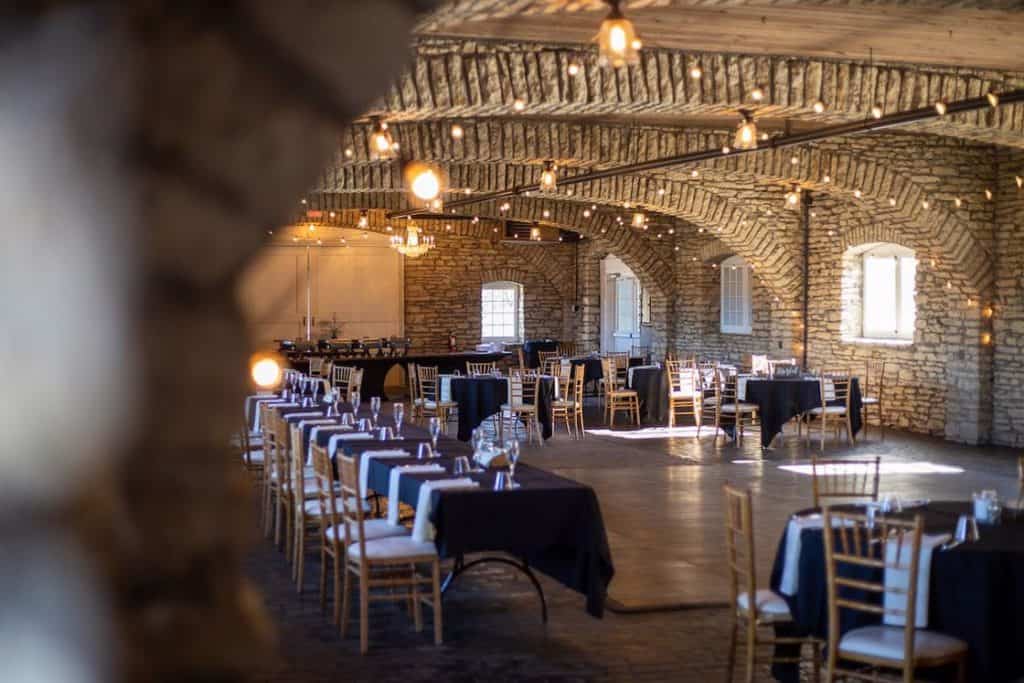One of the key significant advantages of Light Emitting Diode video screens is their luminosity. LED tech produces lively and bright pictures that can be easily viewed in multiple illumination conditions. Unlike conventional projectors, which can struggle in well-lit environments, LED display walls maintain their clarity and hue accuracy even in well-lit spaces. This makes them ideal for external events or locations with big openings. The high brightness levels ensure that the content displayed is consistently visible, making it easier for viewers to interact with the data being shown.
In addition to brightness, Light Emitting Diode video walls provide superior visual quality. They offer higher definition and improved color rendering compared to traditional projection technologies. This means that pictures and videos displayed on an LED screen appear sharper and more defined. The pixel density of Light Emitting Diode displays allows for close observation without losing clarity, which is especially important in settings like exhibition fairs or meetings where attendees may be close to the display. Furthermore, Light Emitting Diode tech can produce deeper blacks and more intense colors, enhancing the complete aesthetic experience.
Flexibility is another key advantage of Light Emitting Diode video walls. These systems can be arranged in multiple dimensions and forms to fit varied areas and design requirements. Unlike conventional projection systems, which require a specific distance from the display to function correctly, LED display screens can be installed in a range of environments. They can be curved, tiled, or even used in innovative layouts to create unique visual presentations. This flexibility allows companies to tailor their visual presentations to suit their particular requirements, making LED video screens a flexible option for Click Here any setting.
Maintenance is also a crucial factor when contrasting Light Emitting Diode display walls to traditional projection systems. LED screens generally require fewer upkeep over time. Conventional projection systems often need bulb changes and routine cleaning to maintain optimal functionality. In contrast, Light Emitting Diode tech has a longer lifespan and does not require frequent changes. This reduces inactivity and maintenance costs, making LED display screens a more cost-effective solution in the long-term run. Organizations can concentrate on their displays rather than concerned about the upkeep of their display technologies.

Lastly, energy efficiency is an important consideration for many organizations. LED video walls consume less power compared to traditional projector technologies, which can lead to significant reductions on energy bills. This is especially advantageous for businesses and venues that operate displays for extended periods. Additionally, the lower energy consumption of LED technology contributes to a reduced environmental impact, making it a more eco-friendly option. By choosing LED video walls, organizations can enjoy high-quality visual displays while also being mindful of their energy use and ecological impact.
In summary, Light Emitting Diode display screens offer many benefits over conventional projector technologies. Their brightness, image quality, flexibility, low maintenance requirements, and power conservation make them an superior option for modern visual displays. As technology continues to advance, Light Emitting Diode display walls are likely to become even more common in multiple environments, providing companies with the resources they need to effectively communicate and engage with their viewers.